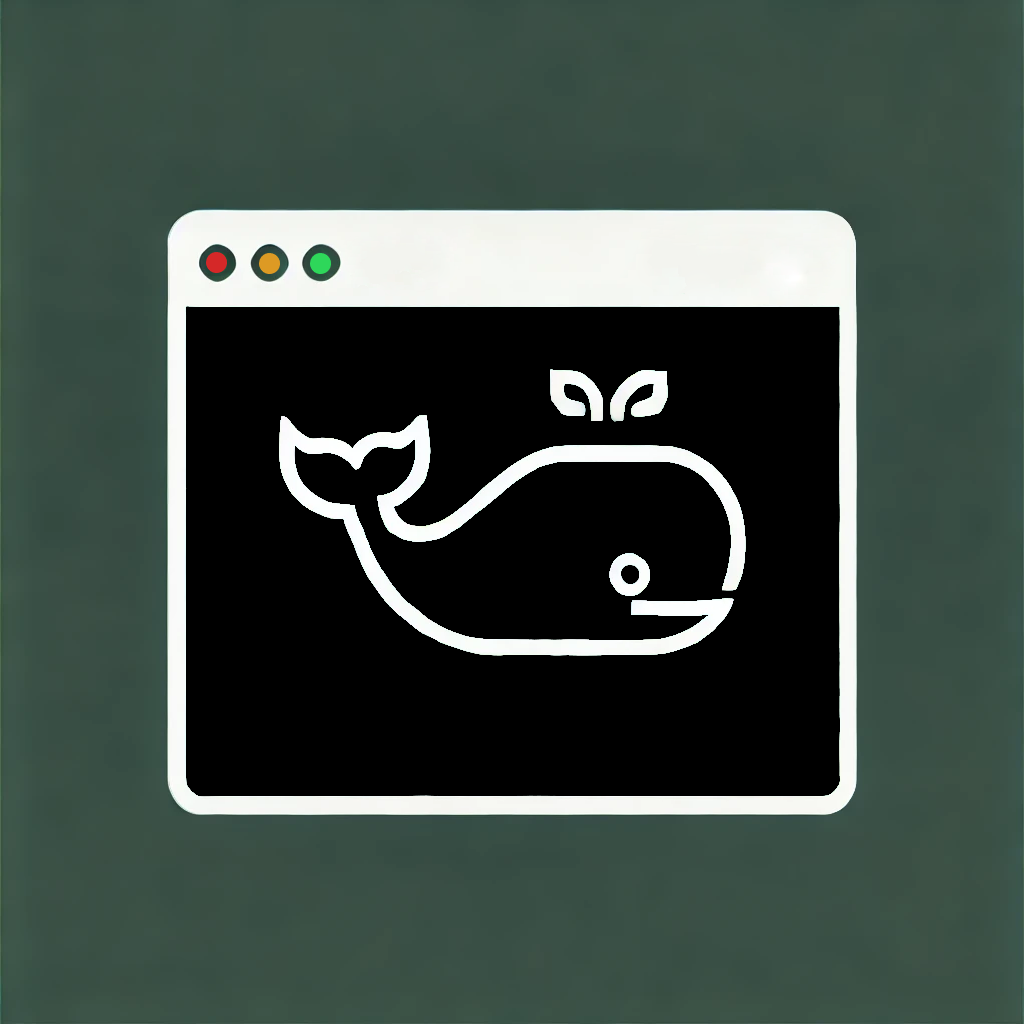
Isaiah
Media Applications, Video, Media Servers, Video, Other, Tools / Utilities, Utilities
Self-hostable clone of lazydocker for the web. Manage your Docker fleet with ease.
Browse our large and growing catalog of applications to run in your Unraid server.

Media Applications, Video, Media Servers, Video, Other, Tools / Utilities, Utilities
Self-hostable clone of lazydocker for the web. Manage your Docker fleet with ease.
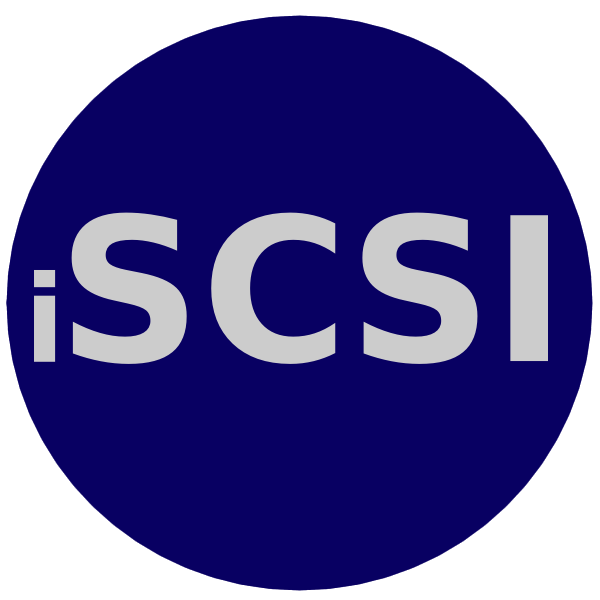
This Plugin will install all necessary software and dependencies for iSCSI, on the bottom of the settings page will be also the utility to configure your iSCSI Targets (the configuration utility is still in beta and will not affect the functionallity of the iSCSI Targets itself). Targetcli package provided by ich777.
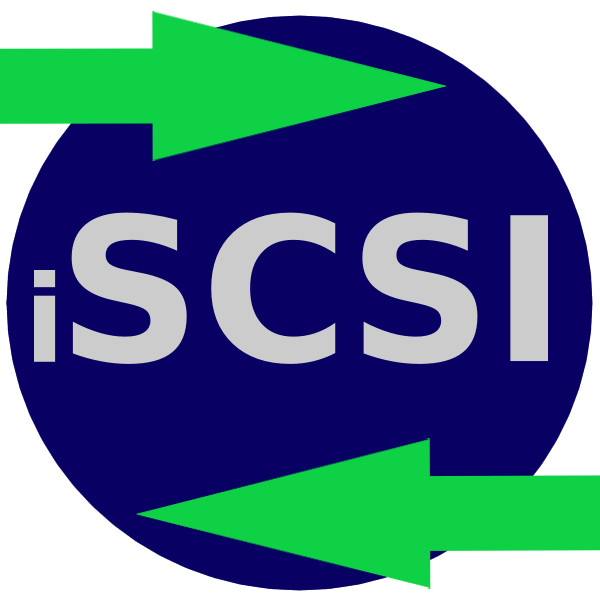
This Plugin allows you to connect to one or more iSCSI Target(s) and mount the Volume(s) to unRAID.
Collection of handy online tools for developers, with great UX. NOTE: This is not my project. I simply enjoy this a ton and want it to reach as many people as possible which is why I made this template! I have linked Corentinth's Github repo in the resources section so if you like the tool you should definitely check it out and support him!

Useful tools for developer and people working in IT
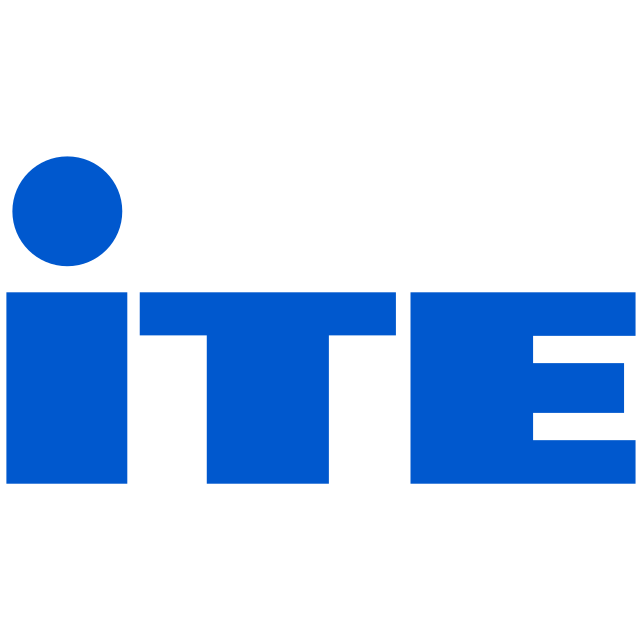
This package contains a modified version from the ITE IT87 Drivers to get compatibility with chips like IT8686E,.. and installs them for using it with the Dynamix System Temperature Plugin.
Dockerized version of iVentoy for use on unraid. iVentoy is an enhanced version of the PXE server. With iVentoy you can boot and install OS on multiple machines at the same time through the network. iVentoy is extremely easy to use, without complicated configuration, just put the ISO file in the specified location and select PXE boot in the client machine. iVentoy supports x86 Legacy BIOS, IA32 UEFI, x86_64 UEFI and ARM64 UEFI mode at the same time. iVentoy support 110+ common types of OS (Windows/WinPE/Linux/VMware)

Network Services, Other, Productivity, Tools / Utilities, Utilities
iVentoy is an enhanced version of the PXE server. With iVentoy you can boot and install OS on multiple machines at the same time through the network. iVentoy is extremely easy to use, without complicated configuration, just put the ISO file in the specified location and select PXE boot in the client machine. iVentoy supports x86 Legacy BIOS, IA32 UEFI, x86_64 UEFI and ARM64 UEFI mode at the same time. iVentoy support 110+ common types of OS (Windows/WinPE/Linux/VMware)
WireGuard VPN, Privoxy and Unbound built-in! Add torrent trackers, something about an API...Like Prowlarr, but less cool logo.

Jackett(https://github.com/Jackett/Jackett) works as a proxy server: it translates queries from apps (Sonarr, SickRage, CouchPotato, Mylar, etc) into tracker-site-specific http queries, parses the html response, then sends results back to the requesting software. This allows for getting recent uploads (like RSS) and performing searches. Jackett is a single repository of maintained indexer scraping and translation logic - removing the burden from other apps.
Docker container which runs the latest headless Jackett Server while connecting to WireGuard or OpenVPN with iptables killswitch to prevent IP leakage when the tunnel goes down.
Media Applications, Video, Media Servers, Video, Other, Tools / Utilities, Utilities
Cleans your Radarr, Sonarr, Jellyseerr and Jellyfin or Emby before you run out of space on your server. Before updating, please make sure your config matches the latest config template on GitHub.
A commandline and GUI based PowerShell module used to scrape metadata and sort your local Japanese Adult Video (JAV) files into a media library compatible format
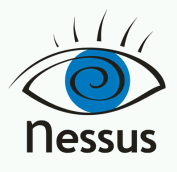
Nessus is a network vulnerability scanner. This is a paid product, but for small home deployments one can request a free license during the setup GUI steps for internal/small networks.
JDownloader 2 is a free, open-source download management tool with a huge community of developers that makes downloading as easy and fast as it should be. Users can start, stop or pause downloads, set bandwith limitations, auto-extract archives and much more. It's an easy-to-extend framework that can save hours of your valuable time every day! The GUI of the application is accessed through a modern web browser (no installation or configuration needed on the client side) or via any VNC client. Also, being based on Alpine Linux, size of this container is very small. For a complete documentation of this container, see https://github.com/jlesage/docker-jdownloader-2#readme

Backup, Media Applications, Photos, Productivity, Tools / Utilities, Utilities
This Docker will download and install jDownloader2. JDownloader 2 is a free, open-source download management tool with a huge community of developers that makes downloading as easy and fast as it should be. Users can start, stop or pause downloads, set bandwith limitations, auto-extract archives and much more... Update Notice: Updates will be handled through jDownloader2 directly, simply click the 'Check for Updates' in the WebGUI.

Jellyfin(https://github.com/jellyfin/jellyfin) is a Free Software Media System that puts you in control of managing and streaming your media. It is an alternative to the proprietary Emby and Plex, to provide media from a dedicated server to end-user devices via multiple apps. Jellyfin is descended from Emby's 3.5.2 release and ported to the .NET Core framework to enable full cross-platform support. There are no strings attached, no premium licenses or features, and no hidden agendas: just a team who want to build something better and work together to achieve it. This uses the offical Jellyfin container. This official container should help more people with hardware transcoding if you are having issues with other Jellyfin containers
WireGuard VPN, Privoxy and Unbound built-in! Basically like Plex, but more buggy.

Jellyfin(https://github.com/jellyfin/jellyfin) is a Free Software Media System that puts you in control of managing and streaming your media. It is an alternative to the proprietary Emby and Plex, to provide media from a dedicated server to end-user devices via multiple apps. Jellyfin is descended from Emby's 3.5.2 release and ported to the .NET Core framework to enable full cross-platform support. There are no strings attached, no premium licenses or features, and no hidden agendas: just a team who want to build something better and work together to achieve it.
Jellyfin server and webui built off the latest commits. It includes a new tab called Requests Because of the nature of Jellyfin unstable, (Docker is set to backup database and configs after the docker has been updated to /config/backups) Be sure to backup the jellyfin database before updating, so you have something to rollback to RequestsAddon included https://github.com/soultaco83/Jellyfin_requests_plugin Easily allows you to add your request site to the homepage of jellyfin for your users Jellyfin(https://github.com/jellyfin/jellyfin) is a Free Software Media System that puts you in control of managing and streaming your media. It is an alternative to the proprietary Emby and Plex, to provide media from a dedicated server to end-user devices via multiple apps. Jellyfin is descended from Emby's 3.5.2 release and ported to the .NET Core framework to enable full cross-platform support. There are no strings attached, no premium licenses or features, and no hidden agendas: just a team who want to build something better and work together to achieve it. This uses the offical Jellyfin container. This official container should help more people with hardware transcoding since this is a Debian base image instead of ubuntu

Media Applications, Music, Network Services, Web, Tools / Utilities, Utilities
A simple and leightweight Discord Bot, that integrates with your Jellyfin Media server and enables you to listen to your favourite music directly from discord. Supports Discord commands and easy configuration with environment variables. To set up your own instance, please follow the guide: https://github.com/manuel-rw/jellyfin-discord-music-bot/wiki

Jellyfin-Rewind. A "Spotify Wrapped"-like app made for people who use Jellyfin for listening to music! The rewind feature is updated on December 31 each year to reflect the music statistics for the current year. Currently, the rewind for 2024 is available. Note: This tool is external to Jellyfin and cannot be directly integrated. Users need to log in with their username and password or API key to access their personalized rewind. To enhance your rewind experience, it is highly recommended to install the Playback Reporting plugin on your Jellyfin server. This plugin tracks your playback history and provides better insights for your rewind. The installation process takes less than 2 minutes and requires admin access. Important Tips for Playback Reporting Plugin: - By default, the plugin stores only the last 3 months of playback data. It is advised to change this setting to store at least the last two years. - You can access the settings directly from your Jellyfin server and update the retention period. Setup Instructions: 1. Select a port during installation. The app works immediately afterward. 2. If you want external access, NGINX Proxy Manager is recommended. This container is simple to use and provides a standalone service for music playback analysis and summary.
A modern web client for Jellyfin based on Vue. It relies on Jellyfin to store and manage your media. This version uses server side rendering for improved performance.
A modern web client for Jellyfin based on Vue. It relies on Jellyfin to store and manage your media.

Indexes all content from multiple Jellyfin servers, allowing you to see which items are available on which server.
Sync watched state between Plex, Jellyfin, and Emby
Media Servers, Other, Productivity, Tools / Utilities, Utilities
A fast full-text search proxy for Jellyfin. Integrates seamlessly with most Jellyfin clients.
WireGuard VPN, Privoxy and Unbound built-in! Like Overseerr, but for Jellyfin.

Jellyseerr is a free and open-source software application for managing requests for your media library. It is a fork of Overseerr built to bring support for Jellyfin & Emby media servers! To enable Emby support please add the variable 'JELLYFIN_TYPE=emby' in the template. This project is constantly updating with new features and bug fixes. See the GitHub page for current and developing features! https://github.com/Fallenbagel/jellyseerr/
Track what you have read, what you are reading and what you want to read. It acts as a self hosted "personal Goodreads" alternative.